
The BMW Concept Skytop highlights the blend of heritage and innovation, pushing the boundaries of contemporary automotive design. This concept vehicle features the distinctive shark-nose grille, which is illuminated to emphasize its assertive presence, and incorporates ultra-slim LED headlights mounted on milled aluminum carriers. Its side profile reveals an athletic stance with sculpted surfaces and sharp lines, further enhanced by unique gill-inspired wheels. The rear design, characterized by a prominent spline and a gradient transitioning from reddish-brown to muted silver, illustrates exceptional craftsmanship and painstaking attention to detail. Let’s explore the various aspects of this design in greater detail, focusing particularly on the interior from a top-down perspective.
Designer: BMW
Front and Side Design
The BMW Concept Skytop’s front design is dominated by the signature shark-nose grille, illuminated to emphasize the vehicle’s sleek and aggressive stance. This design choice reflects BMW’s rich heritage while seamlessly integrating with the contemporary LED headlights on milled aluminum carriers. The headlights’ slim profile contributes to the car’s aerodynamic efficiency and modern aesthetic.

The side profile reveals an athletic and muscular form, with taut surfaces defined by precise lines that draw attention towards the rear. The absence of conventional door handles, replaced by discreet winglets integrated into the door shoulders, enhances the car’s streamlined look. With their gill-like features, the wheels add a unique touch to the car’s silhouette, further enhancing its dynamic appearance.
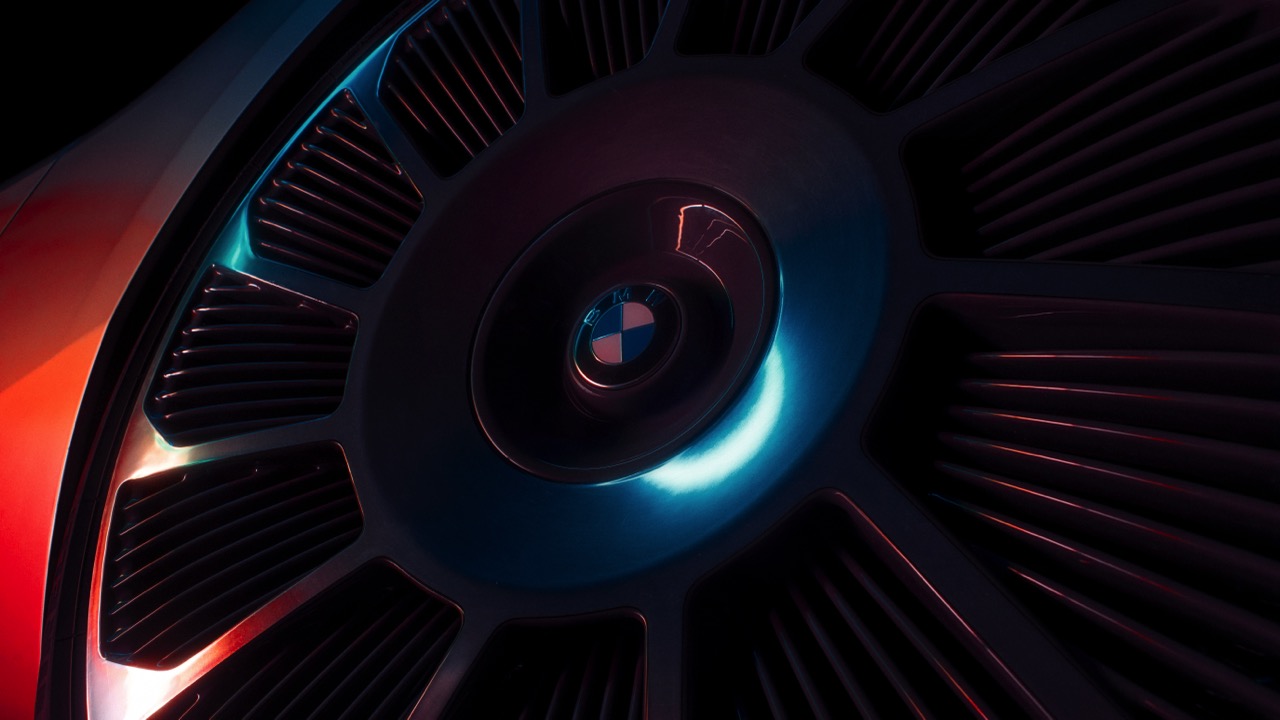

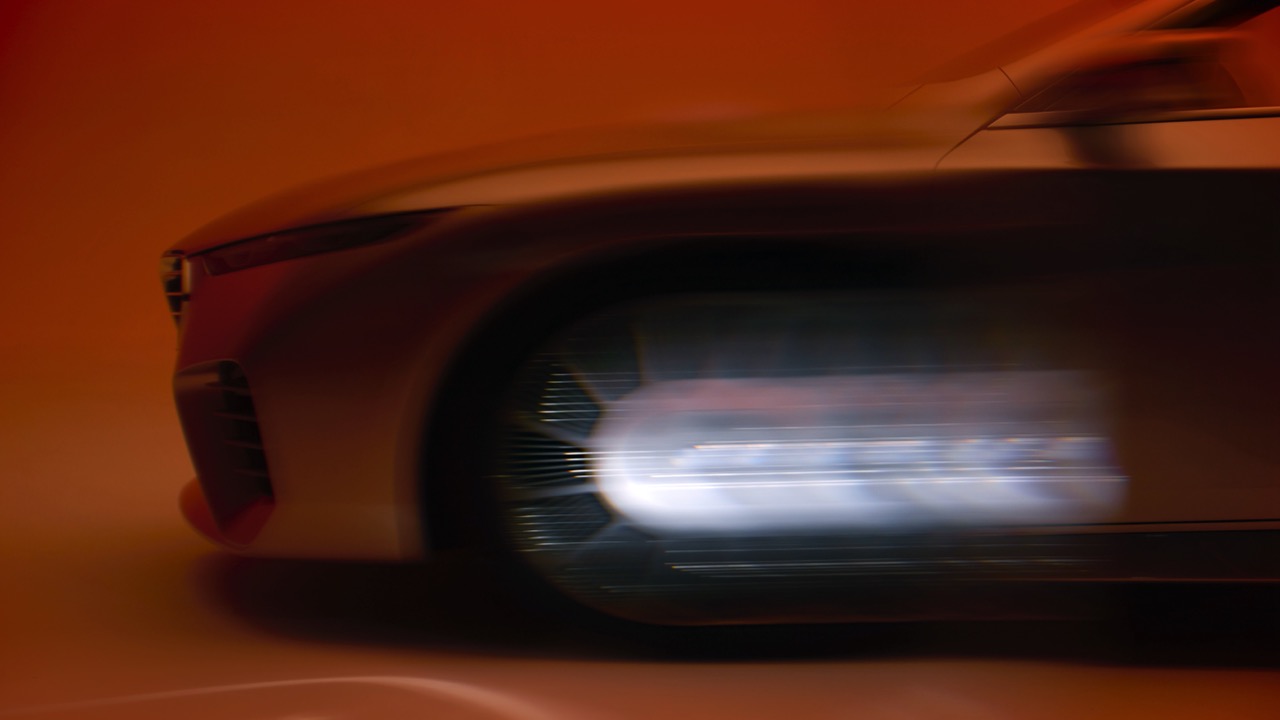

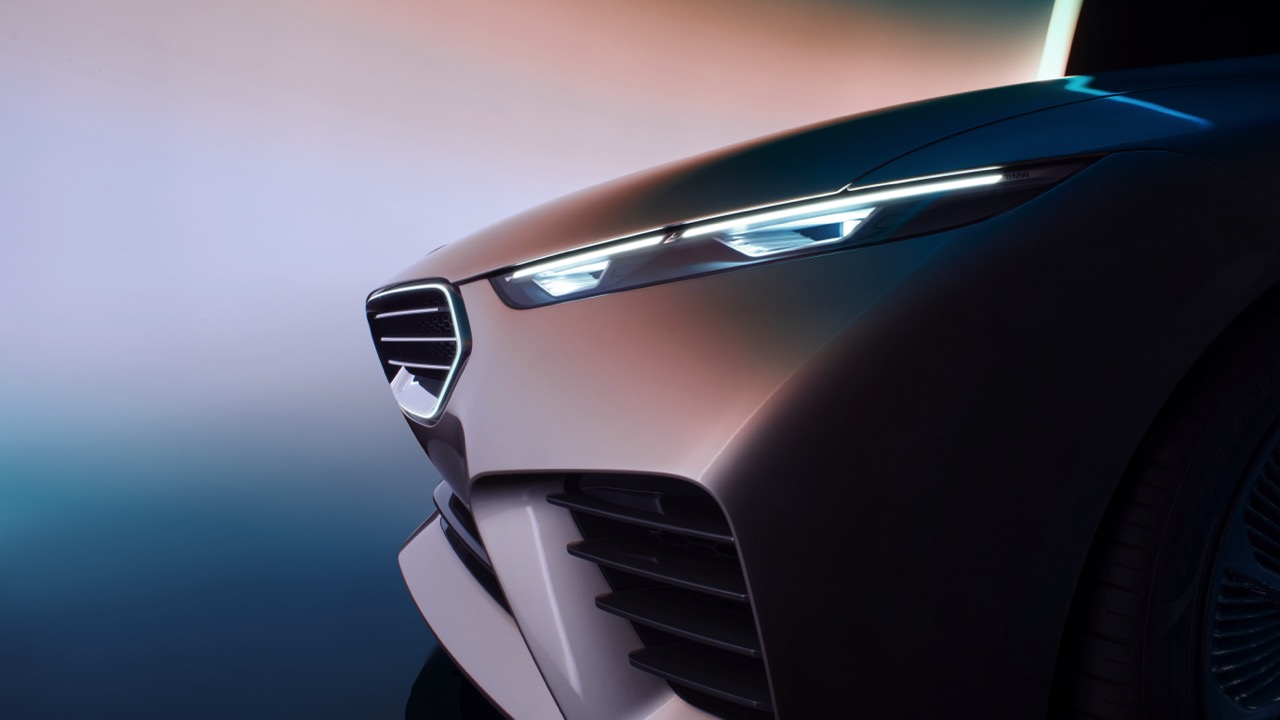
The shark-nose grille, a signature BMW element, evokes a sense of heritage while integrating modern technology. The illuminated grille adds a high-tech aura to the vehicle, immediately recognizable even in low-light conditions. This illumination emphasizes the grille’s contours, adding depth and enhancing the car’s aggressive stance. Flanking the shark-nose grille are the ultra-slim LED headlights, custom-developed for the BMW Concept Skytop. Featuring a sleek design with milled aluminum carriers, the slim profile of the headlights contributes to the car’s aerodynamic efficiency and gives the front end a sharp, precise look. The headlights blend seamlessly into the bodywork, highlighting the design’s clean lines and uninterrupted flow.
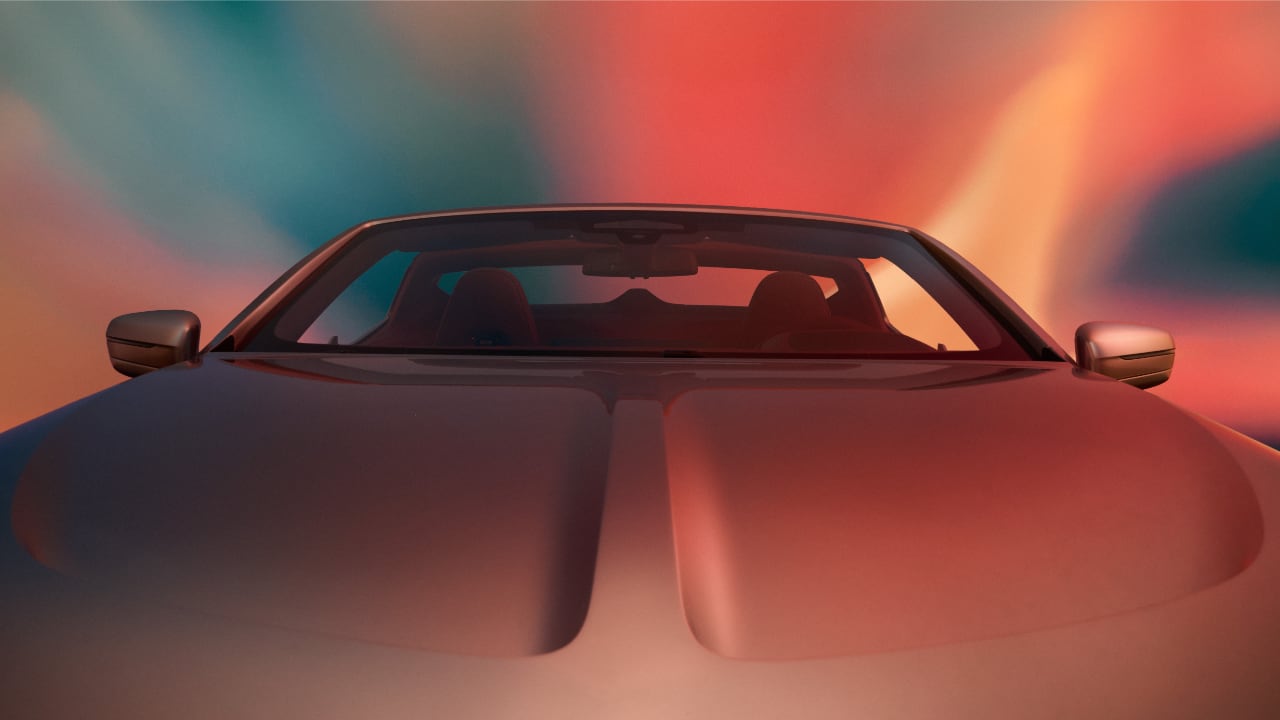
The Skytop’s hood is another key element of the front end, featuring a pronounced central spine that extends from the grille towards the windshield. This spine directs airflow over the car, enhancing its aerodynamic properties. The hood’s tight and muscular surfaces reflect the vehicle’s performance capabilities, adding to its sporty character. Below the grille, the front bumper incorporates large air intakes essential for cooling the engine and brakes. These intakes also enhance the vehicle’s aggressive look, framed by sharp lines that give the front bumper a dynamic and purposeful appearance. Complementing the prominent grille is a lower grille that spans the width of the front bumper. This lower grille balances the visual weight of the front end and integrates with the overall aerodynamic design. Its mesh pattern adds a sporty touch to the front fascia.
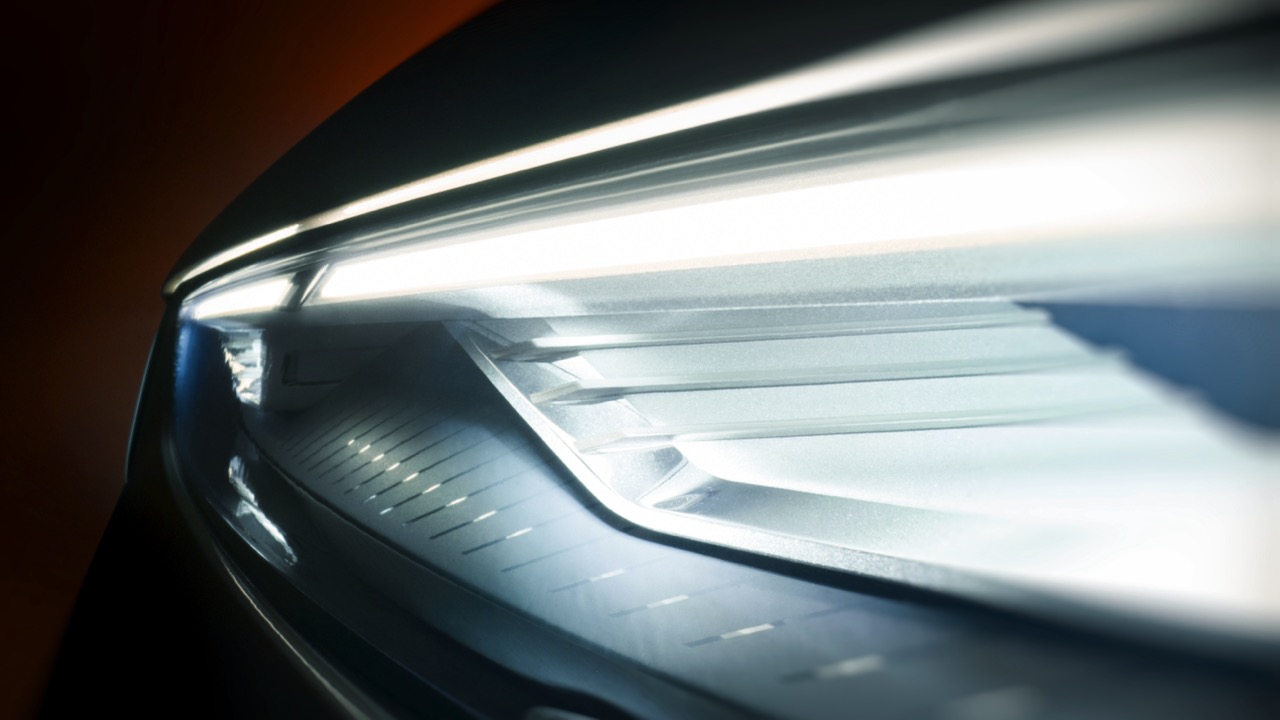
The front end of the BMW Concept Skytop is distinguished by the seamless integration of its various elements. The illuminated shark-nose grille, slim LED headlights, and pronounced hood spine work together to create a cohesive and harmonious design. The sharp lines and precise detailing ensure that each component enhances the others, contributing to the vehicle’s overall aesthetic and functional performance.
Rear Design
The rear of the BMW Concept Skytop continues the theme of sculpted elegance, blending form and function to define the car’s overall aesthetic. Clean, sculpted lines emphasize the car’s wide and stable stance. The slim, horizontal rear lights extend across the vehicle’s width, creating a visual connection that enhances the perception of width and stability. These lights seamlessly integrate with the bodywork, maintaining the clean, uninterrupted lines that define the car’s design.

The pronounced spline running from the hood through the interior and onto the trunk lid emphasizes the car’s dynamic flow, creating visual continuity and guiding the eye smoothly along the vehicle’s length. The rear quarter panels extend the athletic and muscular form in the side profile. They flow smoothly from the front, tapering towards the rear while maintaining the car’s tight surfaces and precise lines. This continuity ensures the design remains cohesive, with the rear quarter panels contributing to the overall dynamic look.

The rear quarter panels extend the athletic and muscular form in the side profile. They flow smoothly from the front, tapering towards the rear while maintaining the car’s tight surfaces and precise lines. This continuity ensures the design remains cohesive, with the rear quarter panels contributing to the overall dynamic look. The subtle lip on the trunk lid and the integrated rear spoiler add sporty touches and improve aerodynamics, ensuring optimal performance. The color gradient from a reddish-brown roof to a muted silver exterior with a chrome shadow effect showcases meticulous craftsmanship and intricate paintwork, enhancing the car’s luxurious feel. Every detail, from the lighting elements to the color transitions, is thoughtfully executed to create a cohesive and harmonious design that complements the BMW Concept Skytop’s dynamic character.

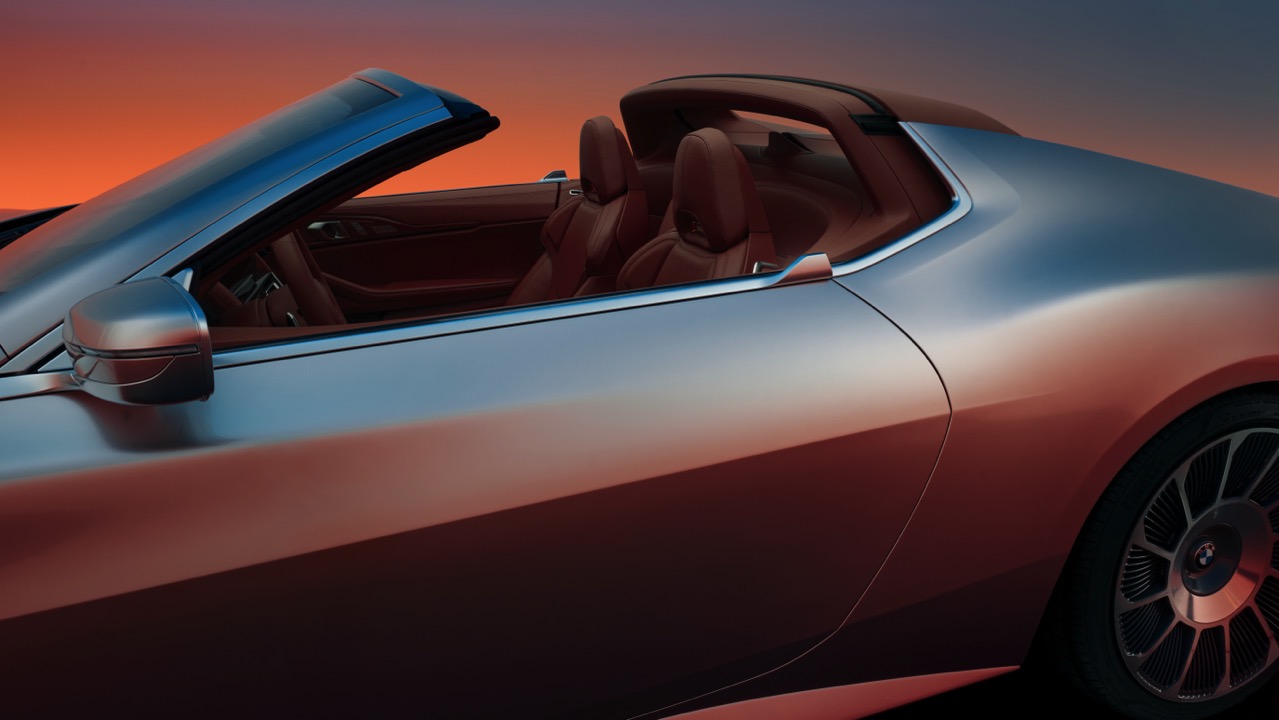
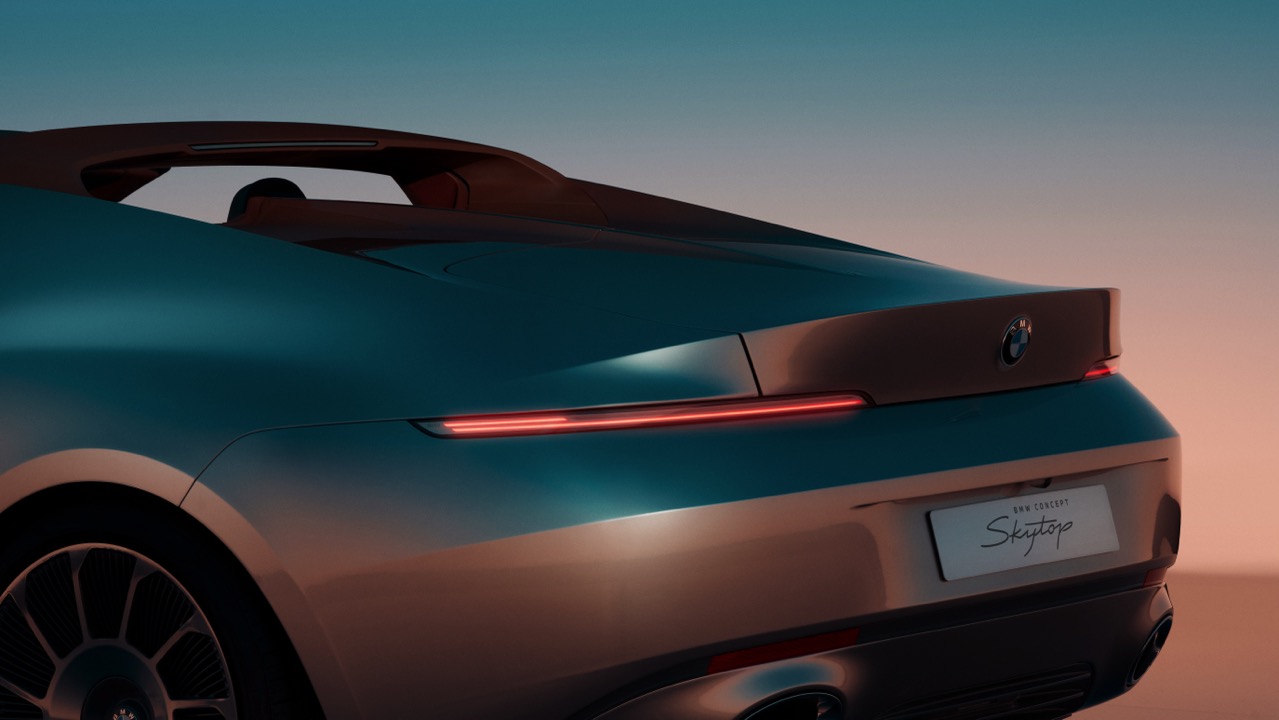
Interior and Top-Down Perspective
The BMW Concept Skytop’s interior meticulously combines luxury and functionality. Its reddish-brown leather surfaces, adorned with brogue-style accents, create a unified and luxurious atmosphere. The leather-finished sports bar behind the seats, the side fins on the B-pillar, and a fully retractable rear window contribute to the car’s sporty and elegant aura.
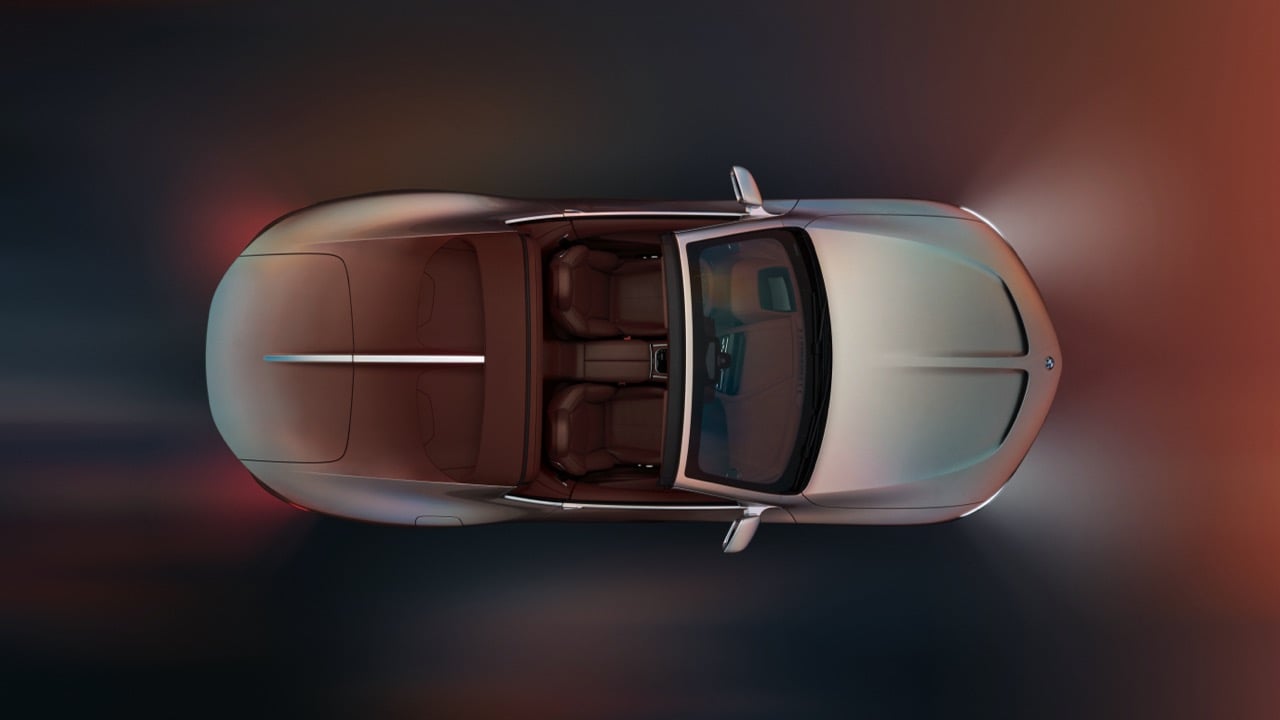
The dashboard exemplifies modern automotive design, featuring crystal applications seamlessly embedded into the cockpit. These elements enhance the overall aesthetic appeal and showcase BMW’s craftsmanship in blending contemporary design elements. The center console, with its sleek design and intuitive layout, ensures all controls are easily accessible to the driver, further enhancing the driving experience. The steering wheel, wrapped in the same reddish-brown leather as the seats, features a modern design that integrates seamlessly with the rest of the interior. The digital display behind the wheel provides the driver with all necessary information clearly and concisely, ensuring that the focus remains on the road.
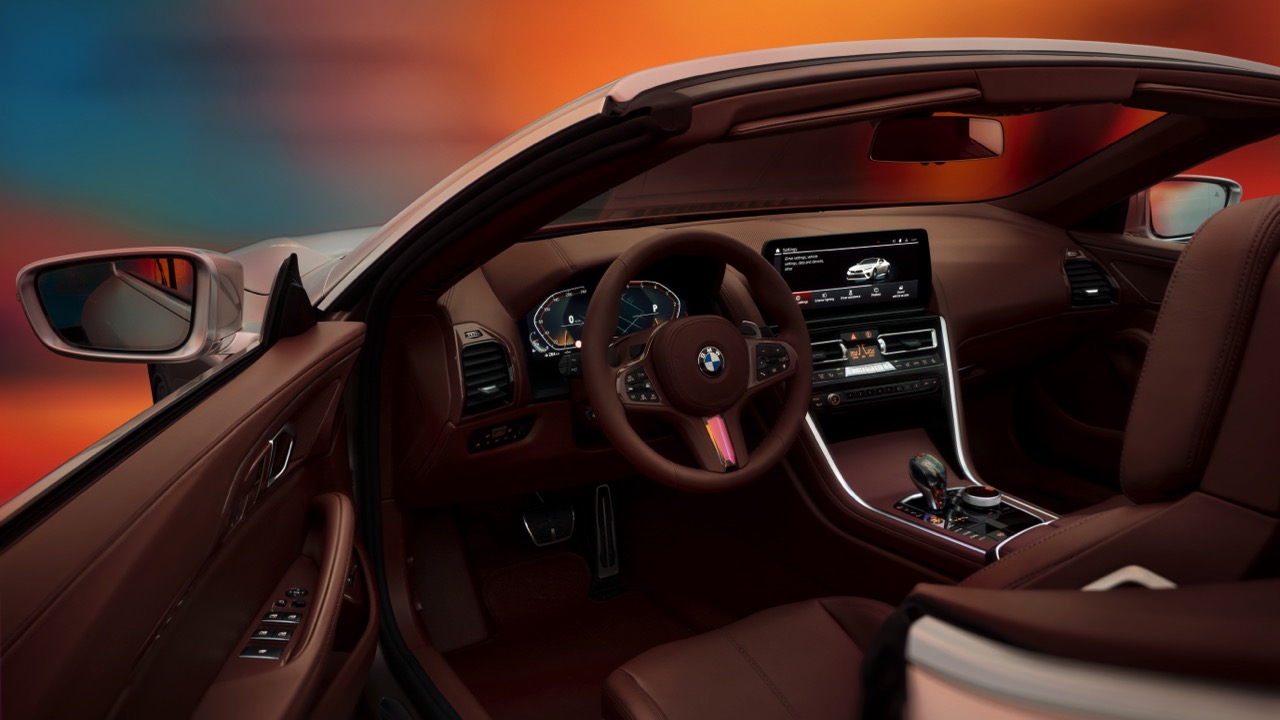
Viewing the BMW Concept Skytop from a top-down perspective offers a clear insight into the car’s cohesive design. This perspective showcases the seamless integration of exterior and interior elements, with the pronounced spline running the length of the vehicle, reinforcing the unified and continuous design language. The two removable roof parts, finished in leather, can be stored in a special compartment in the luggage space, showcasing BMW’s attention to practicality without compromising style. The retractable rear window further enhances the open-air experience, allowing for an unobstructed view of the surroundings.

Roof Design
The roof of the BMW Concept Skytop is a crucial element in its design, both when on and off. When the roof is on, it maintains the car’s sleek silhouette, with the reddish-brown tone flowing into the muted silver of the body. This color gradient, crafted by BMW’s master painters, ensures a smooth transition that enhances the vehicle’s visual appeal. The roof’s design also includes a central spine that aligns with the hood’s spine, maintaining the design’s continuity from front to back.
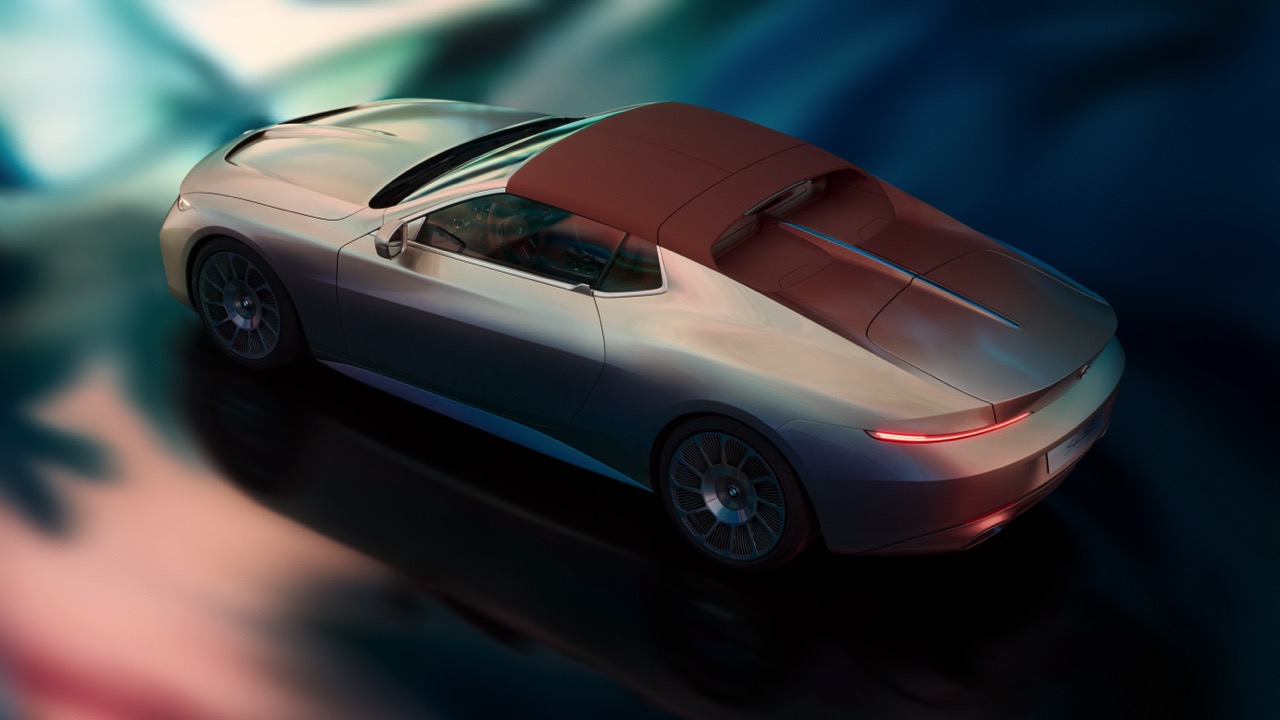
When the roof is off, the BMW Concept Skytop transforms into an open-top roadster, emphasizing its luxurious and sporty nature. The interior’s reddish-brown leather, visible with the roof off, complements the exterior color scheme, ensuring that the car remains visually appealing from all angles. The fully retractable rear window and the storage compartment for the roof parts are designed for practicality without compromising the car’s aesthetic.

Design Cohesion and Final Thoughts
Integrating the rear design elements with the rest of the BMW Concept Skytop is masterful. The rear lights, quarter panels, and roof design all contribute to the car’s overall aesthetic, creating a harmonious blend of traditional and modern elements. The design ensures that the Skytop maintains its elegant and dynamic appearance, whether the roof is on or off.
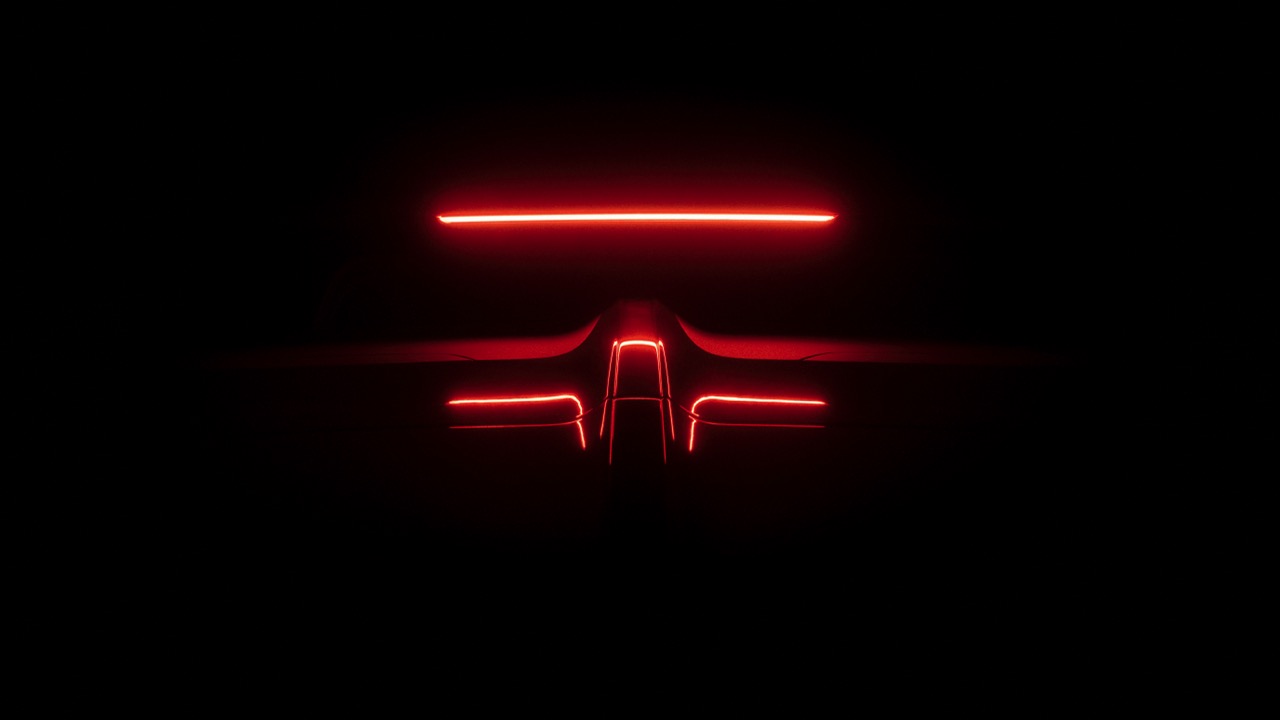
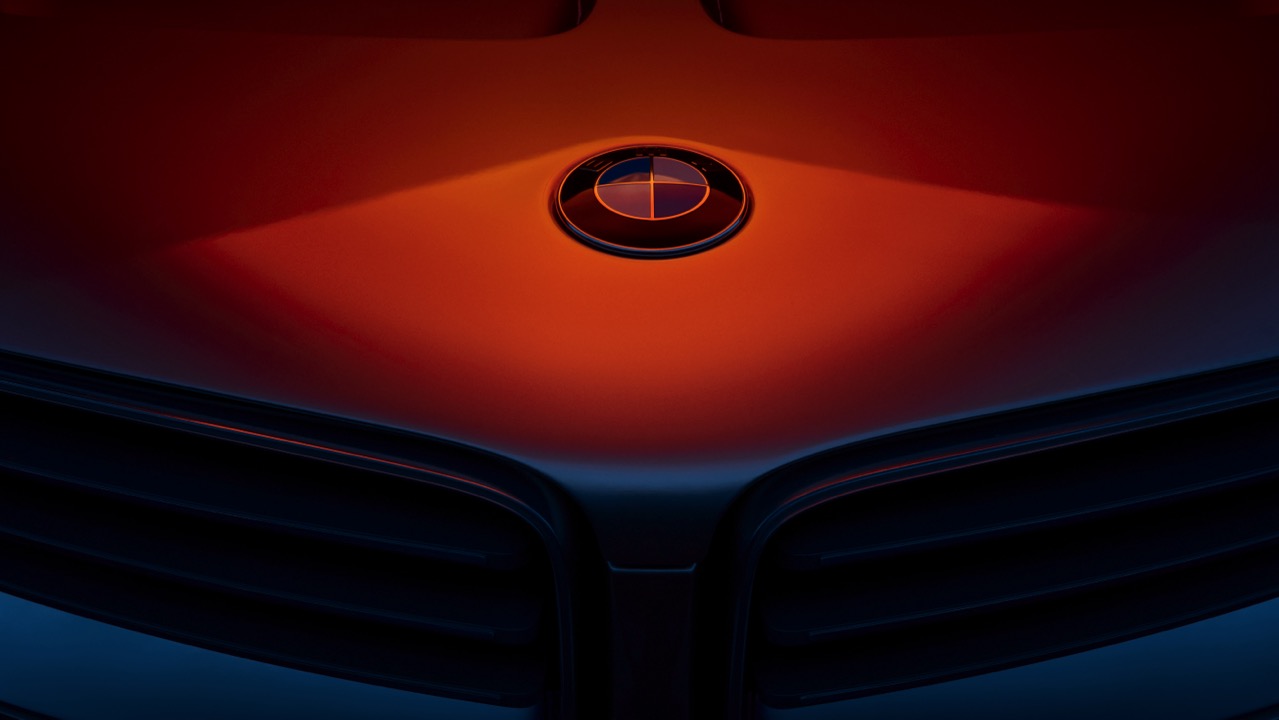
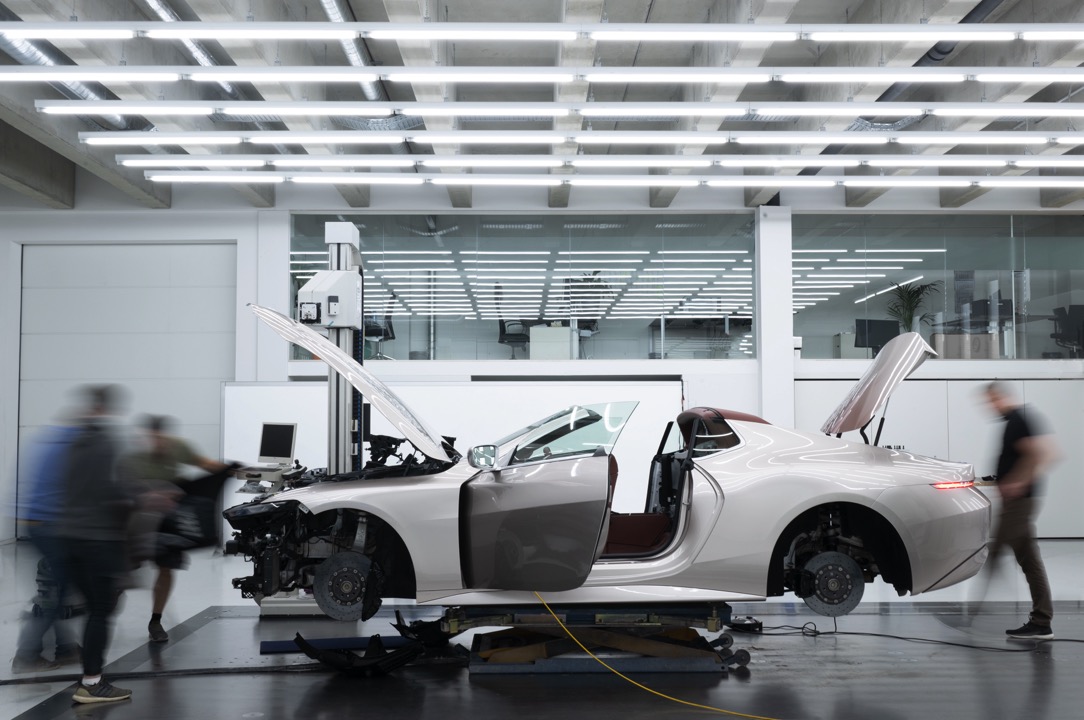
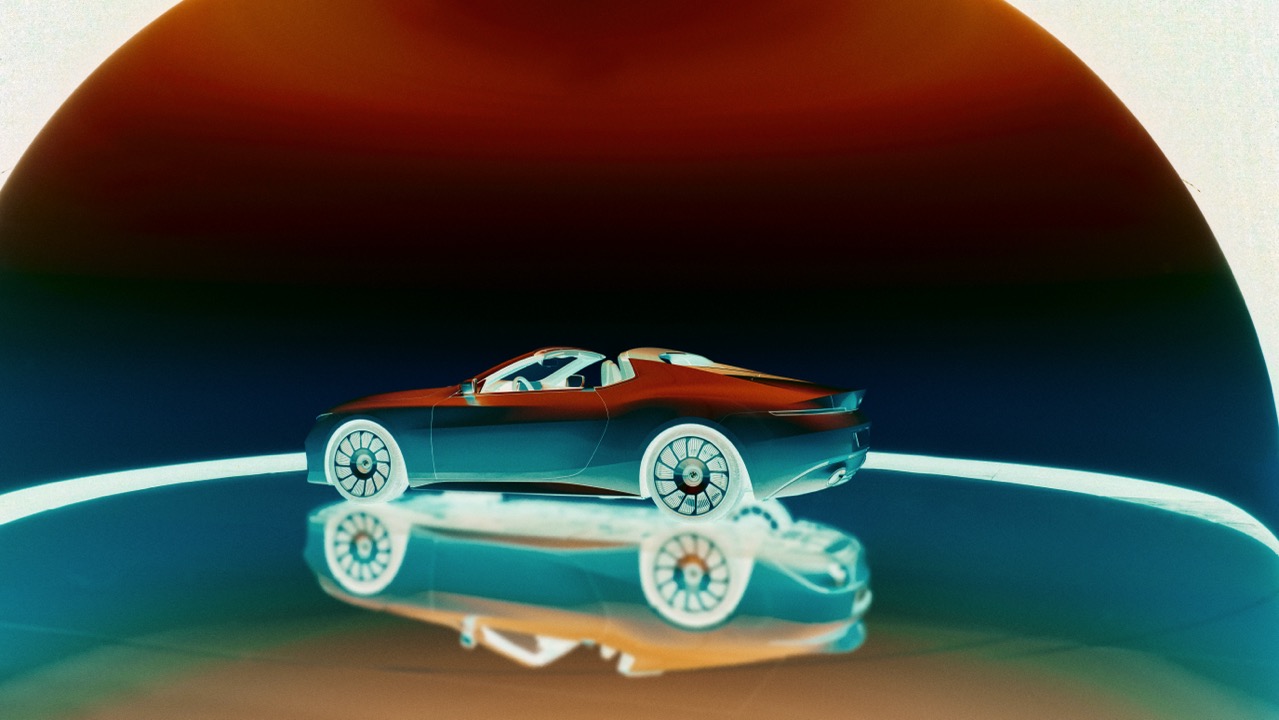
My final thought of the BMW Concept Skytop is that it’s a vision of the future that honors the past. With every detail precisely crafted, from the illuminated shark-nose grille to the brogue-style leather accents in the interior, BMW demonstrates its dedication to superior design and craftsmanship. The Skytop’s seamless blend of aesthetics and functionality makes it a remarkable example of automotive design. Whether admired for its innovative engineering or luxurious finishes, the BMW Concept Skytop is a realization of the brand’s enduring legacy and forward-thinking approach.
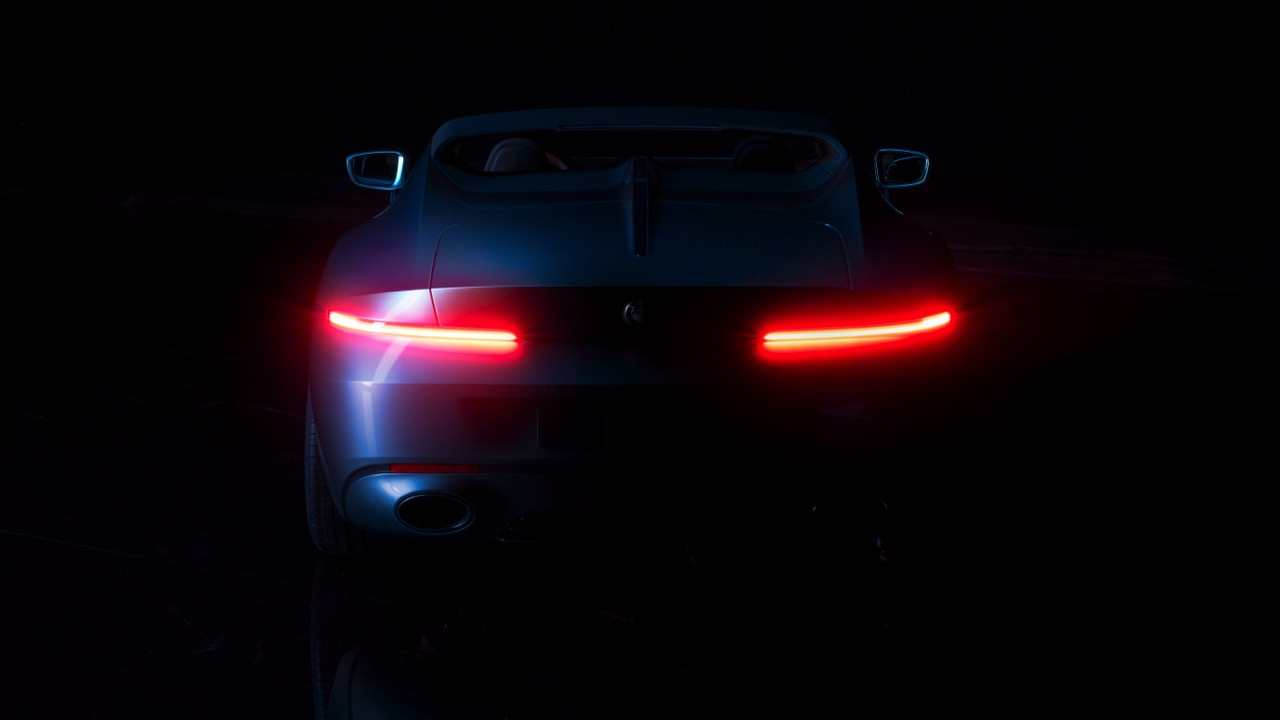
The post Reimagining elegance through the artful design of the BMW Concept Skytop first appeared on Yanko Design.